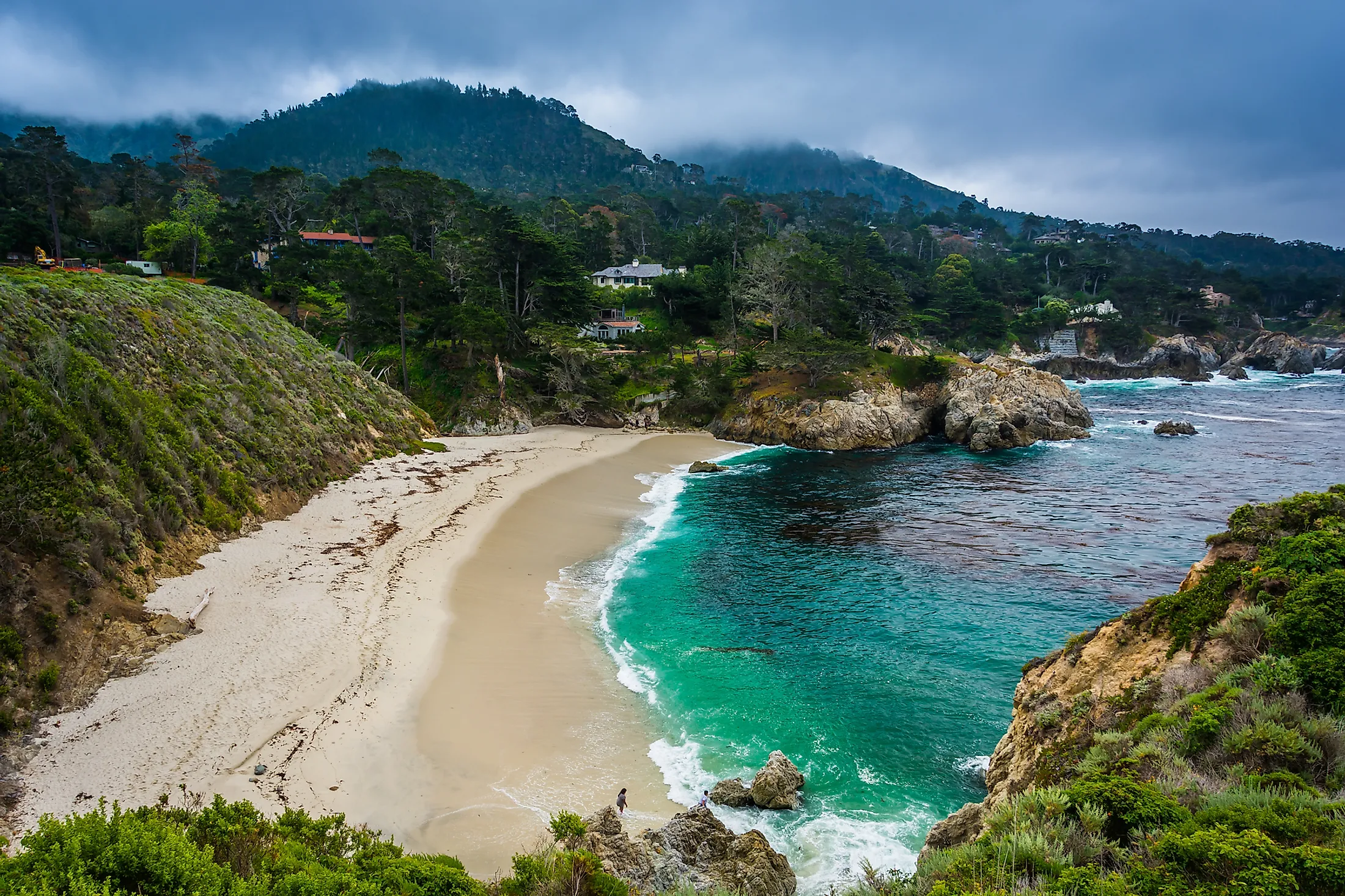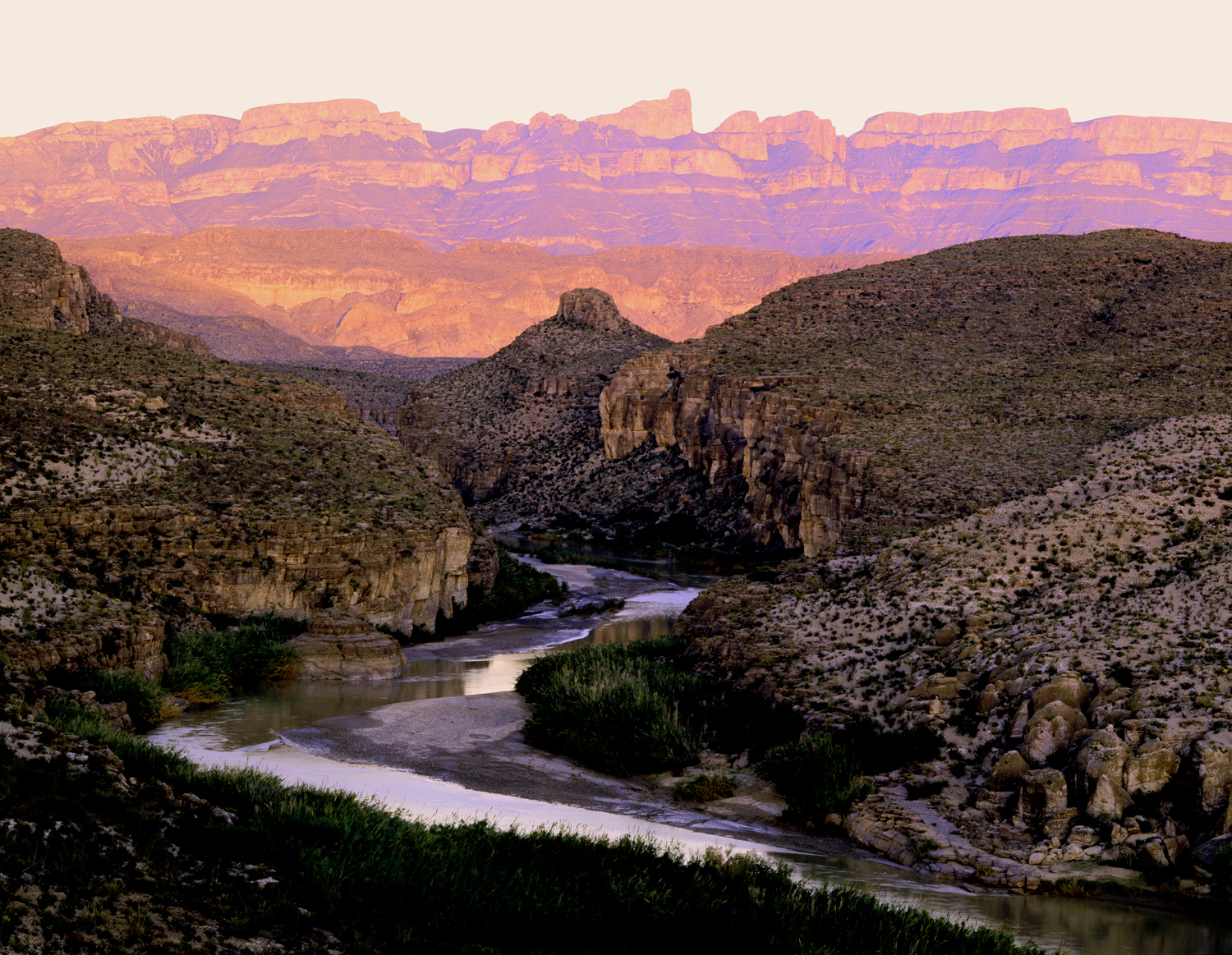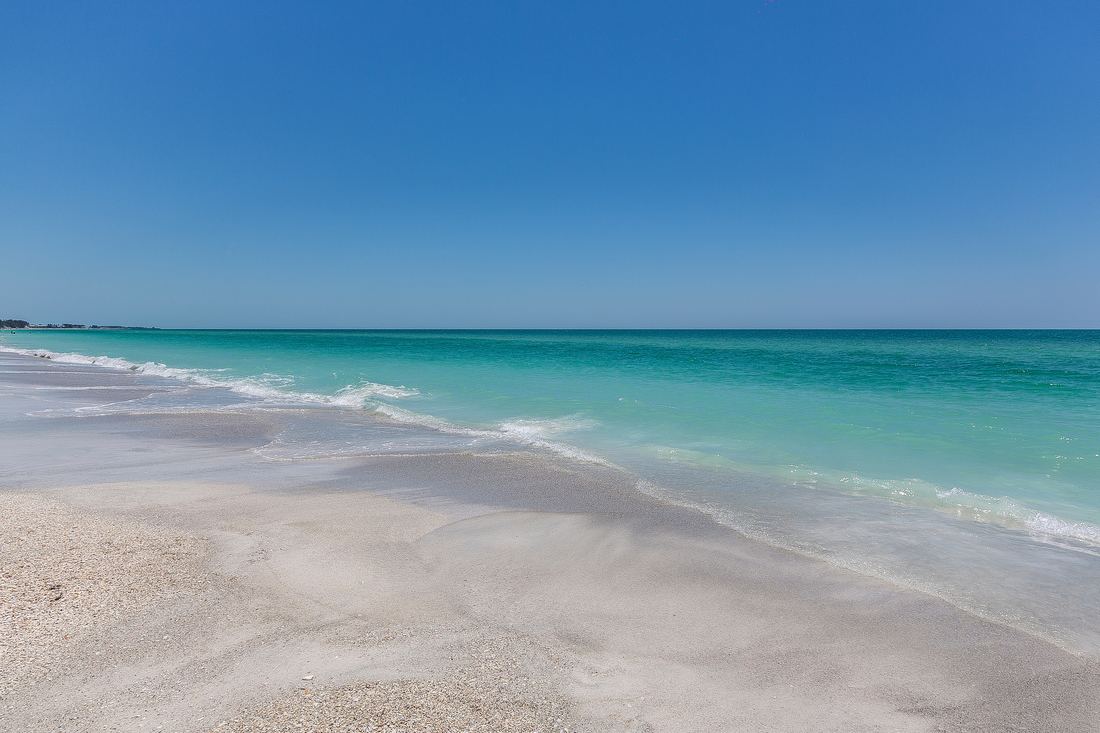The top 7 warmest destinations the Northern Hemisphere is rapidly heating up as spring arrives. With costs and crowds on the rise, many locations are about to reach their peak season. However, March’s top warm destinations also provide lots of uncrowded beach time.
Beach resorts all around Central and South America are getting out their cocktail blenders and dusting up their lounge chairs. As the temperature increases, so does the competition for the best accommodations, so make your reservations as soon as possible. Additionally, with excellent options on both coasts, this is the first month of the year that the US mainland can truly lay claim to being a beach vacation once more.
1. St. Augustine, Florida
:max_bytes(150000):strip_icc()/st-augustine-florida-aerial_STAUGFL1222-83648f85552c4c26bd694fe40f76e81c.jpg)
- Average temperature: 63°F
- Average hours of daylight: 12 hours
St. Augustine is arguably the most historic city in the United States, offering a glimpse into 500 years of history. Its densely populated National Historic Landmark District is a veritable gold mine of colonial buildings. History pours onto the streets from the Castillo de San Marcos and Misión de Nombre de Dios, amid seedy bars and decrepit wooden homes.
March is warm enough to visit the beach, with daytime highs often in the mid-70s. It is, after all, Florida. Rent a fishing pole at St. Johns Pier on St. Augustine Beach, or hit the surf at the end of A Street. Anastasia Beach, a little further out, is more rustic but still offers beautiful kayaking and animal viewing.
2. Carmel-by-the-Sea, California

- Average temperature: 54°F
- Average hours of daylight: 12 hoursThe essence of charming and inquisitive California is Carmel. There are mansions and cottages out of fairy tales, as well as a few upscale stores, quiet galleries, and independent eateries. Big-box stores are not present in this area. Rich residents, but not affluent, walk their dogs every day among surfers and sea lions on the renowned white sand beach. Everything seemed to be moving slowly.
Average high temperatures in March reach the late 60s; it’s warm enough to appreciate the breathtaking outside weather, yet it’s still cool enough to keep the crowds at bay. With its intricate system of courtyards and tunnels linking its distinctive architecture to stories spanning centuries, the one-square-mile settlement is remarkably walkable. The spectacular Carmel Mission Basilica looks as though it was taken straight out of a spaghetti western.
Point Lobos State Nature Reserve is a hiking haven to the south. Exciting views, winding routes, and dramatic, jagged cliffs are all guaranteed. The most photogenic tree in America, the mysterious Lone Cypress, is located 17 miles north on a granite cliff overlooking Carmel Bay.
3. Big Bend National Park, Texas

- Average temperature: 60°F
- Average hours of daylight: 12 hoursBig Bend National Park is Texas’s “gift to the nation”; there are other parks. The entire Chisos Mountain range and a sizable portion of the Chihuahuan Desert are among its natural wonders. It is crisscrossed by hiking paths, meandering rivers, abundant wildlife, and Native American history.
Although Big Bend is naturally isolated, March is the biggest month for tourists. Despite this, the area is seldom very congested. With average highs in the mid-70s, the long days bring significant temperature increases that draw travellers and naturists from all over the world. The state flower, the bluebonnet, is in bloom right now, transforming verdant plains into oceans of blue with white caps.
Discover the splendour of Ross Maxwell in just 30 minutes with the simple Ross Maxwell Scenic Drive. Choose your preference from there. Busier may be well-traveled roads like Langford Hot Springs and Santa Elena Canyon. Rather, explore the verdant surroundings of Cattail Falls or, during a downpour, the cascade situated at the terminus of Pine Canyon Trail. Travelling to Big Bend takes four hours after landing in El Paso.
4. Pensacola Beach, Florida

- Average temperature: 60°F
- Average hours of daylight: 12 hoursPensacola, the westernmost city in the Florida Panhandle, provides a romantic beach getaway in March. Eighteen kilometres of white sand and emerald-watered seclusion, with average high temperatures in the seventies, are just waiting to be discovered.
Pensacola Beach on Santa Rosa’s barrier island is the place to go. There’s plenty of space to find quiet and get lost in nature alongside the large chain hotels, adventure parks, and tourist attractions.
It is located in the centre of the Gulf Islands National Seashore, the biggest protected seashore in the United States. Despite being wild and untamed, it is incredibly well-equipped for tourists, offering every imaginable outdoor activity, including biking, hiking, birdwatching, ranger programmes, and diving expeditions. Novice surfers are drawn to its gentle waves and pleasant seas. Take a stroll along the clearly marked Eco Trail to get a taste of everything. It showcases the region’s diverse wildlife in all its splendour.
5. Island of Hawai‘i
:max_bytes(150000):strip_icc()/mauna-kea-besthawaii0216-771df2153a094b389fec930a0adac8e5.jpg)
- Average temperature: 67°F
- Average hours of daylight: 12 hoursThe Big Island is the most breathtaking and geologically varied island in the Hawaiian archipelago. It’s also among the warmest US destinations in March.
Without a doubt, Hawai’i Volcanoes National Park and its two active volcanoes steal the show. Mauna Loa, massive but docile, sits at its centre. Kīlauea, located far below, is a massive steaming double crater that has been constantly erupting lava for 25 years. If hiking isn’t possible due to the heat, take a drive around the crater’s rim. You may see the breathtaking Chain of Craters by following the road as it falls to the sea.
Sun-kissed beaches await you after you return to sea level, eager to reassert your inner warmth. My favourite is Kua Bay on the Kona Coast, a stunning crescent of sea and snow-white sand that naturally attracts crowds. Hike the adjacent Kukio Beach via the coastline Trail if you find it to be too crowded.
6. Tampa, Florida

- Average temperature: 67°F
- Average hours of daylight: 12 hoursCompared to its more glitzy neighbours like Orlando, Tampa has long accepted its reputation as being a little more raw around the edges. If you look past the surface, a city is improving its vacation offerings. With year-round 70s daytime temperatures, Florida is home to gorgeous parks and beaches as well as some of the state’s most exciting nightlife.
The restored Riverwalk, which stretches from the Hillsborough River to the Garrison Channel, is the focal point of downtown. Beautiful modern architecture frames about three miles of parks, boardwalks, marketplaces, and dining establishments. Begin with a stroll around Heights Market, pause to observe people in Curtis Hixon Park, and conclude with beverages at Sparkman Wharf.
Ybor City, a historic and modern city, throws a party at night. Particularly during Spring Break, bars and clubs are lively, and the aroma of newly rolled cigars permeates the air.
7. Placencia, Belize
- Average temperature: 79°F
- Average hours of daylight: 12 hoursPlacencia, a springtime favourite among well-informed Americans, is located on the farthest southernmost point of a slender peninsula in Belize. The 27-mile highway that links it to the mainland, earning it the moniker “the cay you can drive to,” attests to its popularity with tourists.
Come and you will quickly see why. A patchwork of Creole, Garifuna, Mayan, and Belizean traditions combined into a dreamlike beach scene. It’s arcane, fascinating, and delectable, and that’s what the cuisine, art, and music all convey.
And then there’s the jungle, full of legends and Mayan ruins. Here, Xunantunich, Nim Li Punit, and Lubaantun are the primary attractions. Don’t pass up the opportunity to go jaguar spotting at Cockscomb Basin Wildlife refuge, the world’s first jaguar refuge, while you’re there. In addition, viewers should keep an eye out for the more than 500 different bird species that live in Placencia.
And lastly, the shores. Seas that appear to shimmer, endless stretches of flawless white sand, and the kind of aquatic environment that made diving and snorkelling possible. The ideal getaway in March.

